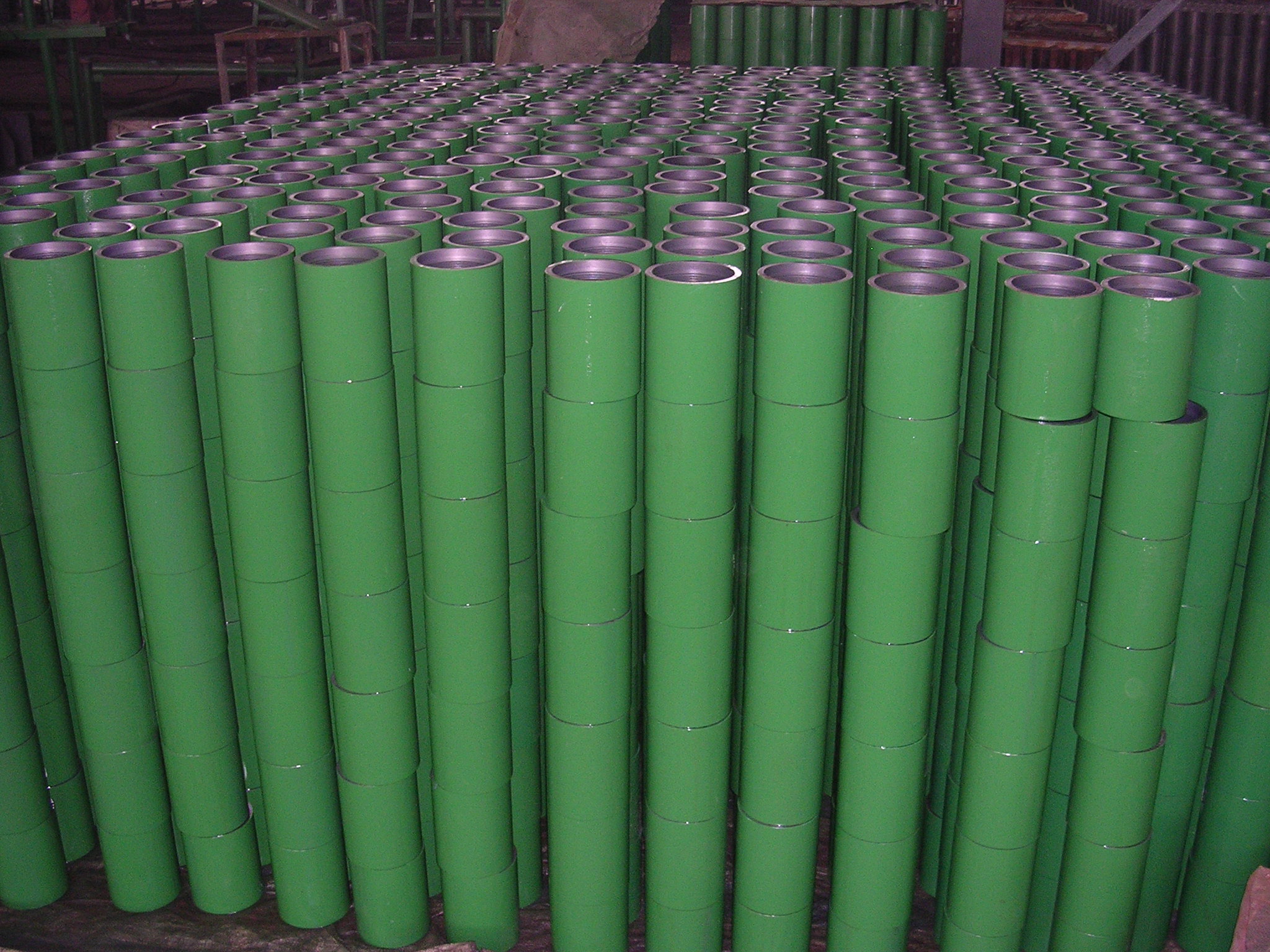
Oil casing coupling is this kind of large-diameter pipe fitting, which plays the function of strengthening oil and gas oil well walls or well holes. The casing is inserted into the borehole and reinforced with concrete to prevent the borehole from separating the rock strata and the borehole from sinking, and the exploration mud to circulate repeatedly, which is convenient for exploration and mining. Steel grade of oil casing coupling: H40, J55, K55, N80, L80, C90, T95, P110, Q125, V150, etc. The production and processing methods of the top of the casing: STC, LTC, BTC, etc. For oil well exploration, it is suitable for the support of the well wall during the drilling process and after the completion of the well, for the progress of the drilling process and the normal operation of the overall oil well after the completion.

The key influence of oil casing couplings The petrochemical industry is a large number of industrial production applications of oil casing couplings. Petroleum casing couplings have a very important influence in the petrochemical industry: oil casing couplings are used in large quantities and consumed Many, the potential for cost saving and cost control is great. The consumption of oil well pipes can be calculated based on the annual drilling scale. According to the detailed domestic situation, roughly 62kg of oil well pipes are required for every 1m drilled, of which the casing is 48kg and the tubing is 10kg. Drill pipe 3kg, drill collar 0.5kg; the mechanics and environmental behavior of oil casing coupling have a key interference in the selection process and production increase efficiency of petrochemical industry; the failure of oil casing coupling has a large loss, and the startability and the service life of the oil The petrochemical industry has a huge relationship.
